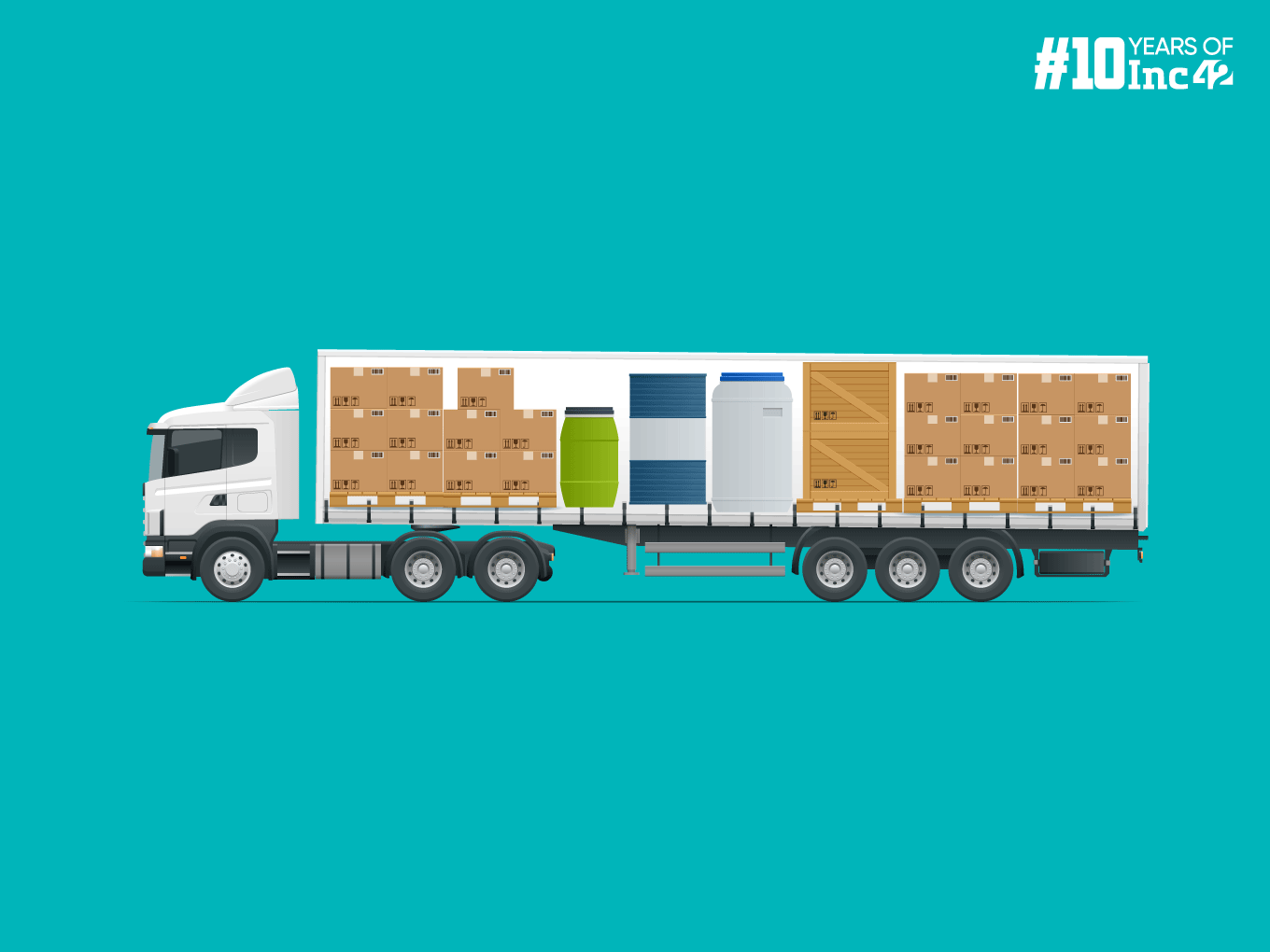What Is LTL Shipping?
LTL shipping, or less-than-truckload shipping, is a method used to transport relatively small freight shipments that don’t require the full capacity of a truck trailer. If a shipment falls between 70 and 7,000 kg, it is likely a good candidate for LTL shipping.
The following is a brief overview of how LTL generally works:
- Consolidation: The shipment is combined with other LTL shipments from various shippers to fill a truck.
- Hub-&-Spoke Network: Shipments are transported through a network of terminals (hubs) where they are sorted and consolidated onto different trucks for delivery.
- Shared Costs: One business only pays for the portion of the truck trailer its freight occupies, making it a cost-effective option for smaller shipments.
What Are The Benefits & Challenges Of Using LTL Shipping?
LTL shipping offers numerous benefits but also presents certain challenges:
Benefits
- Cost Efficiency: As costs are shared with other shippers, LTL is a more affordable option than hiring an entire truck for smaller shipments.
- Flexibility: LTL carriers provide several services, including tail lifts and collection and delivery from inside premises.
- Security: Shipments are often palletised and consolidated, minimising the risk of damage.
- Environmental Friendliness: By consolidating shipments, LTL reduces the number of lorries on the road, leading to lower emissions.
Challenges
- Transit Time: LTL shipments typically take longer than full truckload (FTL) shipments due to the consolidation and sorting process at various hubs.
- Freight Classification: Shipments are classified based on density, value, and handling requirements, affecting the shipping cost.
- Potential For Damage: While LTL shipments are generally secure, there’s still a risk of damage during handling and transit.
- Limited Control: Shippers have less control over the routing and timing of their shipments compared to FTL.
How Is The Cost Of LTL Shipping Calculated?
The cost of LTL shipping is calculated based on several factors:
- Weight: The heavier the shipment, the higher the cost. LTL carriers typically use a weight-based scale, with rates decreasing as the weight increases.
- Distance: The further the shipment needs to travel, the higher the cost. Carriers often use a zone-based system to determine rates based on distance.
- Freight Class: Shipments are classified based on density, value, and handling requirements. Higher freight classes are more expensive to ship due to increased handling costs and potential liability.
- Base Rate: Each carrier has a base rate depending on the specific lane (origin and destination) and the carrier’s current capacity.
What Is The Difference Between LTL And Full Truckload Shipping?
LTL and FTL are two distinct methods of freight transportation, each catering to different shipping needs. The following table highlights the primary differences between the two modes:
| Feature | LTL Shipping | FTL Shipping |
| Shipment Size | Smaller shipments (150 kg to 6,800 kg) | Larger shipments (over 6,800 kg) |
| Truck Space | Shared with other LTL shipments | Exclusive use of the entire truck |
| Transit Time | Typically longer due to multiple stops | Generally faster due to direct delivery |
| Handling | With more handling and transfers, a higher risk of damage | Less handling, lower risk of damage |
| Cost | Calculated based on weight, distance, freight class, services | Typically more expensive due to exclusive use of the truck |
| Ideal for | Cost-effective option for smaller shipments | Time-sensitive or large shipments |
When Is LTL Shipping The Right Choice For Business?
LTL shipping is an excellent choice for businesses under the following circumstances:
- Smaller Shipments: LTL shipping is cost-effective when a business has freight that doesn’t fill an entire truck, typically between 150kg and 6,800kg. Sharing truck space with other shippers allows for lower costs.
- Budget-Conscious: LTL shipping is often a more budget-friendly option for smaller businesses. Sharing transportation costs can significantly reduce expenses.
- Flexibility: Businesses that value flexibility for pick-up and delivery locations and times will find LTL shipping accommodating.
- Environmental Considerations: For eco-conscious businesses, LTL shipping is a greener option. By consolidating multiple shipments into one truck, it lowers carbon emissions.
- Non-Urgent Deliveries: If time is not critical, businesses can leverage LTL shipping to save on costs. While transit times might be slightly longer than FTL, it is a practical choice for shipments that are not time-sensitive.
Which Indian Players Offer LTL Shipping?
Several major players in the Indian logistics industry offer LTL shipping services:
- Delhivery: This leading logistics and supply chain services provider in India offers a wide range of services, including LTL shipping.
- Gati-KWE: Formed through a joint venture between Gati Limited and Kintetsu World Express, Gati-KWE is a major player in the Indian logistics market with a strong LTL network.
- Mahindra Logistics: A subsidiary of Mahindra & Mahindra, this company offers comprehensive logistics solutions, including LTL shipping across various industries.
- Rivigo: It is a tech-enabled logistics company, whic is known for its innovative trucking, supply chain management and LTL services.
- BlackBuck: An online marketplace for freight booking, connecting shippers with truckers and offering LTL shipping solutions.








